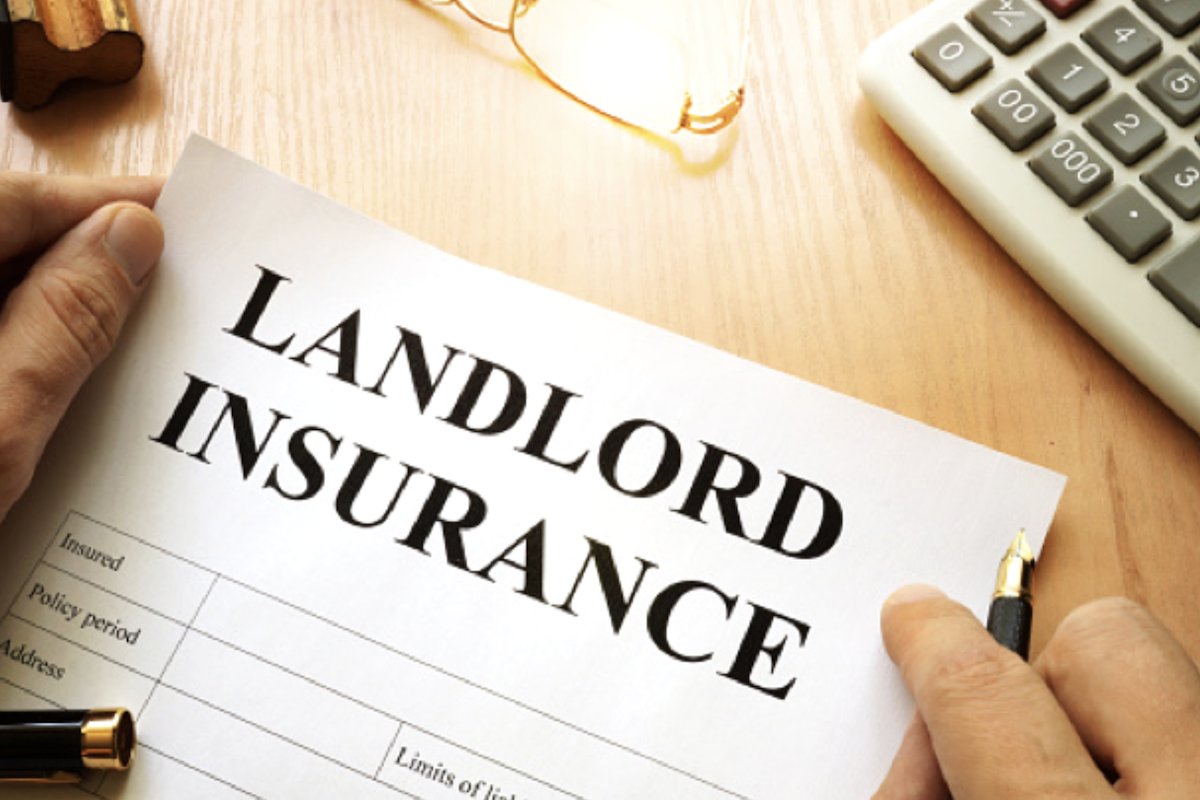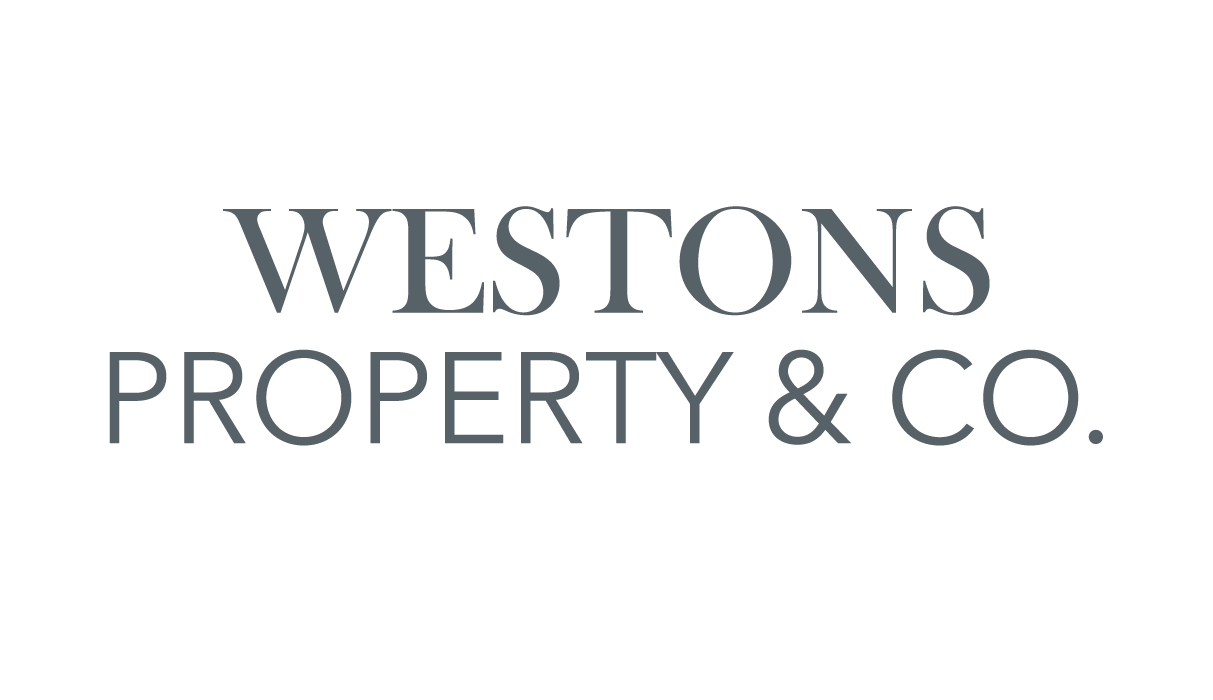
The importance of taking out landlord insurance
While owning and leasing a residential property can be an excellent investment, as with all investments there are risks. Landlord insurance is designed to cover risks such as fire, flooding and rental default, as well as minor property damage. Although it is not compulsory in Australia, here’s why it’s essential.
Building and contents insurance vs landlord insurance
Building insurance covers the cost of repairing or rebuilding your property in case of damage by, say fire, while contents insurance covers your contents if they’re stolen or damaged.
Landlord insurance covers everything regular home insurance does, as well as risks that are specific to leasing a residential property – most importantly, the risk of a tenant defaulting on the rent.
Rental bonds offer minimal protection
The bond paid to a landlord or property manager by the tenant is usually four weeks’ worth of rent, more like a security deposit than insurance. If a tenant breaks the terms of their tenancy agreement by damaging the property or failing to clean it properly, the landlord can use the bond to cover expenses. However, if there is significant damage or the tenant has stopped paying rent, the rental bond is unlikely to cover the losses incurred. You can take legal action, but it’s time-consuming and often costs more than you lost in the first place.
What does landlord insurance cover?
Cover varies considerably between different insurance providers and you can also choose to pay a higher premium for extra coverage, but in general these are the key areas covered by a landlord insurance policy:
- Insured natural disasters such as fire, storm, rainwater, lightning and earthquake.
- Loss of rent following damage to the property, i.e., when repairs are required to make the property liveable for tenants again.
- Intentional or malicious damage caused by tenants, their family or visitors. Intentional damage could mean a tenant painting the walls without the landlord’s permission, while malicious damage relates to acts motivated by malice such as punching holes in a wall.
- Accidental loss or damage to the property. This might include relatively minor issues caused by the tenant, such as a broken window or coffee stains on the carpet.
- Rent default by the tenant. Your tenant might lose their job and be unable to pay rent or move out before the lease expires. The amount an insurer will pay out varies, so it’s important to be fully aware of what’s laid out in the Product Disclosure Statement (PDS).
- Legal liability. If a tenant or their guest is injured while on a property that is dangerous or in a state of disrepair, they can make a legal liability claim against a landlord or property manager.
- Legal expenses. This covers the costs of taking legal action against a tenant, such as getting a tenant evicted by court order.
How much does landlord insurance cost?
Policies and premiums vary considerably and are based on the risk factors insurance companies consider. These include:
- Property value and type – the more expensive the property, the higher the premium. Houses have higher risk potential than apartments.
- The value of the contents you’re insuring.
- Property location – insurers will check the crime statistics in the area.
- Building security.
- Your policy. The more extras you include, the higher the premium.
How do I choose an insurer?
There are many different companies providing landlord insurance in NSW. Policy inclusions vary between different providers, as well as the individual policies they offer. We suggest you check online comparison sites such as Finder, Canstar and iSelect, or call and ask us for advice. Before deciding on any policy, make sure you read the PDS for information about coverage and limitations.
If you are a landlord with a rental home in The Hills District or looking to invest in a property within the region and would like some local insights or property management expertise, please do not hesitate to get in touch.
